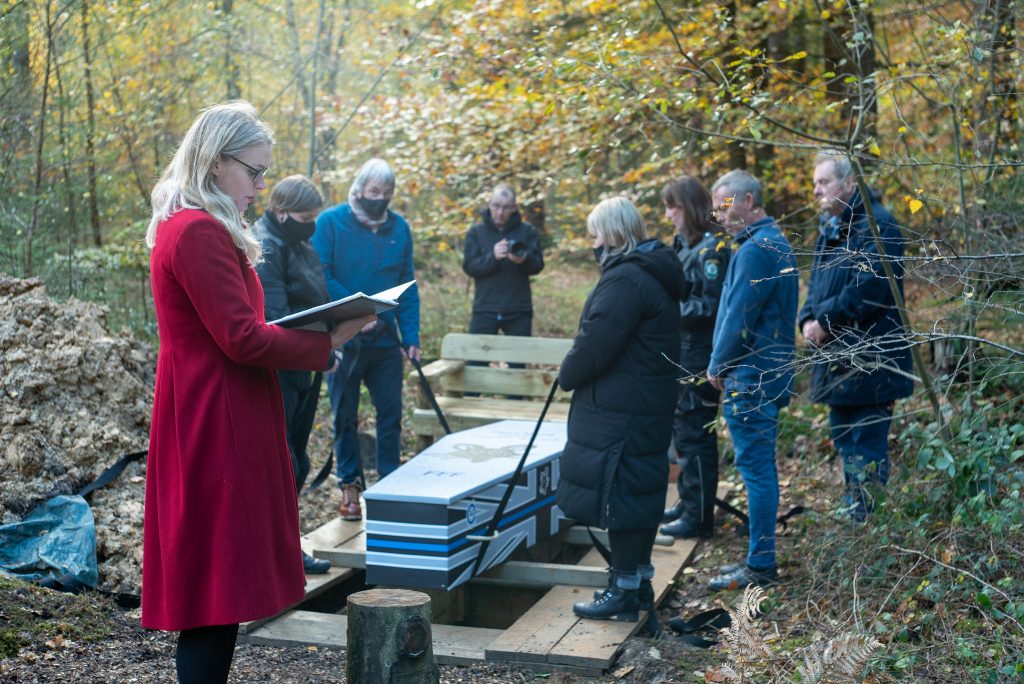
Natural Burials
What is a natural burial?
‘Natural burial is a term used to describe the burial of human remains where the burial area creates habitat for wildlife or preserves existing habitat (woodland, species rich meadows, orchards, aquatic, sustainably managed farmland etc.) which are rich in flora and fauna.
Where a funeral precedes such burial, it would seek to minimise environmental impact by prohibiting embalming and, where a coffin is used, ensuring that this be made of natural, biodegradable materials.’
‘A Guide to Natural Burial’ – written by Ken West MBE
By far the most environmentally sound choice for a funeral, natural burials have been available in the UK since Ken West created the first natural burial ground in Carlisle in 1993.
In essence, natural burial usually involves a shallow grave in a biodegradable coffin or shroud, with no permanent memorial. The intention behind natural burial is to create an enhanced landscape and improve biodiversity, to create a place of lasting beauty that is also a place where people are buried.
The movement has gradually spread across the country, with around 350 sites now offering natural burial. There is, however, no national overseeing body or standard, so the choices are many and varied.
Many providers are private landowners, some are charities or community interest companies, some are local authorities. Some sites are established with young or mature woodland, others are newer and have more of a meadow landscape. All have different rules and terms and conditions.
64 natural burial grounds belong to the Association of Natural Burial Grounds (ANBG), which operates a code of conduct but the majority of sites, including many of the larger providers, are not ANBG members.
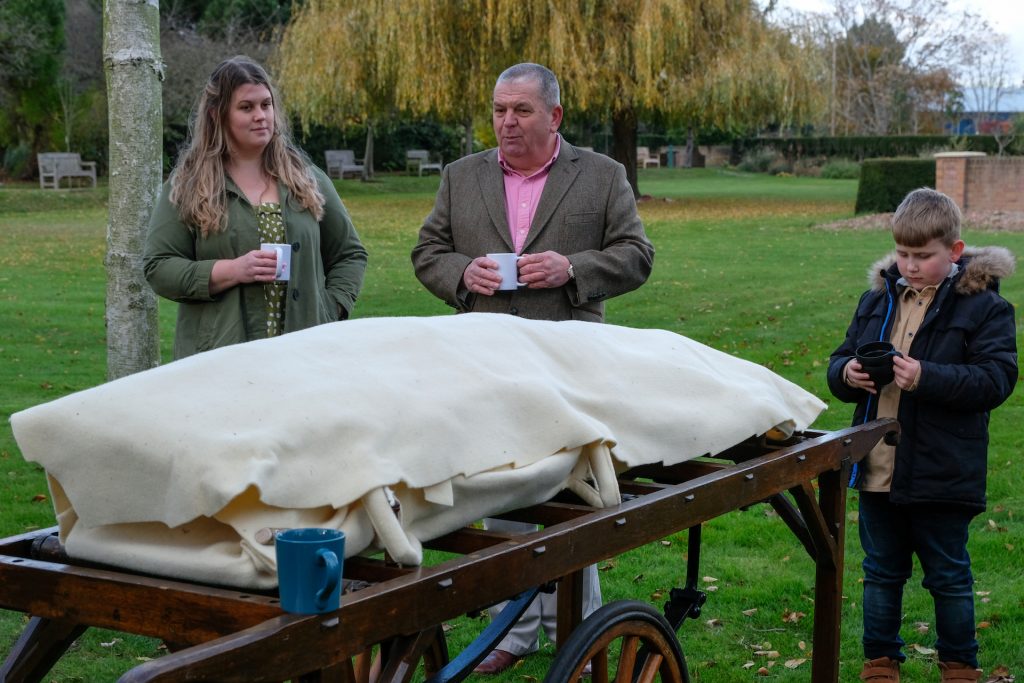
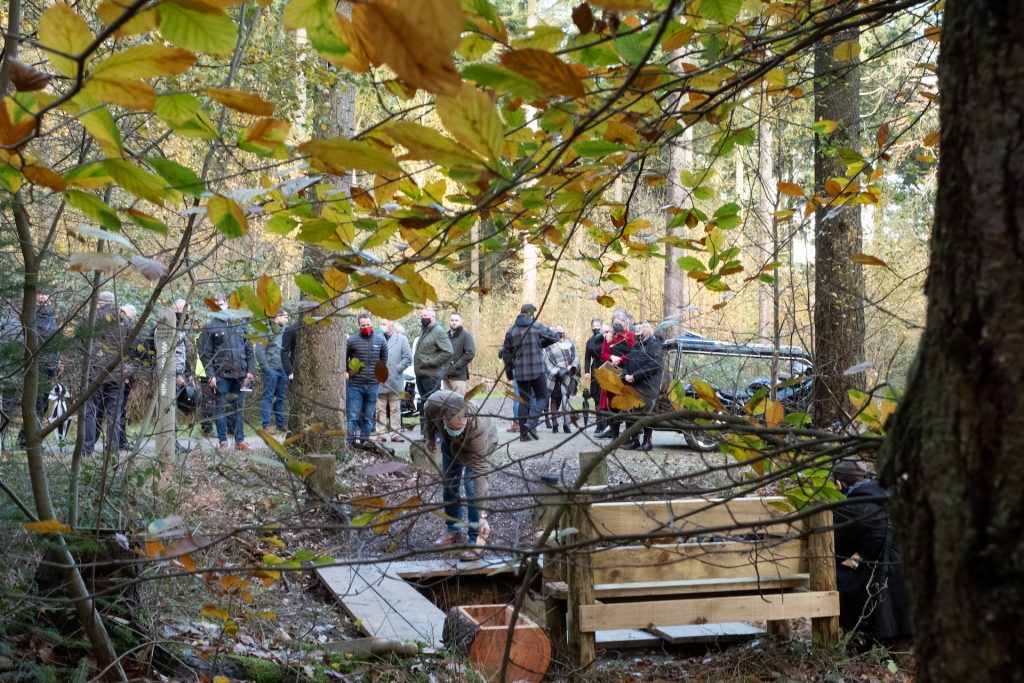
Who chooses natural burial?
All kinds of people. As society is evolving and our impact on the environment is becoming more important to many, natural burial is an obvious choice for people who want to minimise the environmental impact of a funeral.
The concept is also attractive to many people who find traditional cemeteries unappealing, or who are unable to have a grave in a local churchyard.
The idea of being buried in a beautiful landscape and being surrounded by nature is a pleasing one for many, while some families want to choose a particularly special place for their person.
The reasons for choosing natural burial are myriad, but most people mention the beauty and simplicity of the choice as being important to them.
What do I need to think about?
There are a lot of elements that need to be considered if you are thinking about a natural burial:
Long term security
One of the most important is to know what the long-term plans are for the future of the site once the current owner / operator is no longer in a position to run it. We recommend asking your chosen site operator for details about the long-term security of the site and any provision being made for future maintenance.
Is it right for you?
Have a look at the website before you go to check what your local site permits, and to get a feel for the values of the site owners / operators. While websites aren’t always accurate indicators of what a site is actually like, you can often get a feel for whether you’d be happy to bury your relative there by just looking at the pages of the website.
If there is a natural burial ground in your area and you haven’t been there, we suggest going to visit it to see how it feels before choosing it as the final resting place for you or for someone you love. The vast variety of types of natural burial grounds mean that it is impossible to know exactly what individual sites are like without visiting.
Some are minimal, with no facilities available, others offer yurts or marquees for ceremonies and have compost loos or portaloos on site. Others have ceremonial buildings, offices and state-of-the-art loos; it all depends on the owners and the offering. The pricing will often reflect the facilities available at each site.
Some have staff on site all the time, others will be unattended unless a funeral is taking place, or an appointment has been made to be shown around. Some will provide gazebos and chairs if required, others don’t offer any.
What are the rules?
Many sites will have their terms and conditions or rules on their website, others only supply them if asked. It’s worth requesting / looking at terms and conditions in advance of making your final decision.
Most natural burial grounds won’t allow a body that has been embalmed to be buried there unless there are exceptional circumstances, and most insist on a biodegradable coffin rather than a veneered MDF one.
Memorial policy
There will be a policy on memorials at each site – some permit wooden memorials on posts, others allow only tablets laid flat on the ground to enable maintenance of the area. Some have communal memorials, some do not allow any grave markers at all, others permit plaques and benches and memorials on trees. If it is important to you to have a personal marker on the grave and your local site does not allow this, it may not be the right choice for you. It’s also worth looking at the existing memorials already
Can you do everything that you plan?
You might want to consider whether you want the entire funeral ceremony to take place at the burial ground, or whether you want to choose a venue elsewhere for a ceremony and then bring the coffin to the burial ground just for the burial. The facilities available and also the time of year / weather conditions may have some bearing on your decision.
Some sites will allow family and friends to fill in the grave themselves, others will not permit this and insist that a gravedigger does this. Some insist that a funeral director is employed rather than clients doing all the organisation themselves.
Most sites will allow dogs on a lead to attend burials and accompany visitors, some are less welcoming. If dogs are an important part of your family, it’s definitely worth finding out about the policy of the site before deciding.
Items on graves
Most natural burial grounds have strict policies about leaving tributes or mementoes on graves, but it’s worth checking for yourself whether these policies are being adhered to.
It can quickly become an issue if items left are allowed to remain, as other people then begin to do the same and leave items on their relatives’ graves. Some sites that began as a very natural landscape end up resembling a municipal cemetery, with flowers and teddies and windchimes all around, which makes them less than natural in appearance.
Trees and planting
A lot of people have a misconception that natural burial = a tree planted on a grave. This romantic idea is easily dismantled when you consider the size of a mature oak or beech tree and understand how woodland creation works. Burial grounds offering tree planting on graves are creating future problems, as trees will need to be coppiced or completely removed. If your nearest natural burial ground is one that does this, ask to see their landscape design plan.
Planting wildflowers or shrubs on graves can accommodate the understandable need that some bereaved people have to make the grave beautiful, or indeed findable. Some natural burial grounds will have a list of suitable species that they allow to be planted which are in keeping with the existing landscape. Generally, hybrid or non-native species are not allowed.
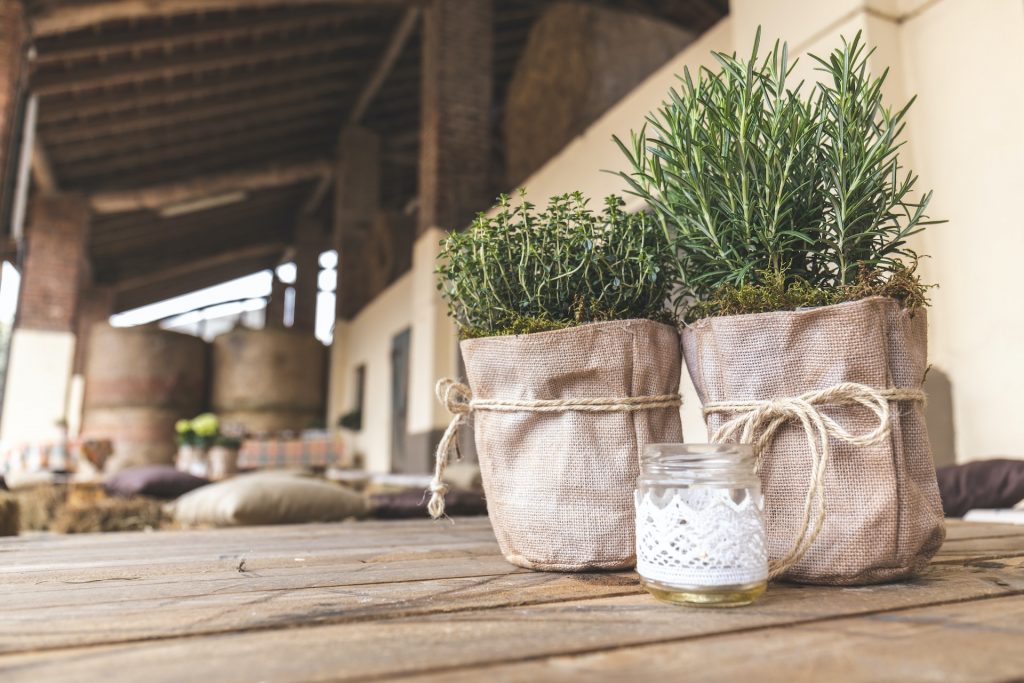
Cost
The cost of a grave at a natural burial ground can vary from around £500 to many thousands of pounds. The most expensive single grave that we have found is a ‘Woodland Glade’ at Greenacres Chiltern in their ‘Diamond’ areas, which was priced at £23,440 in 2020.
This is an extreme example, most natural burial grounds charge around £1,000 – £1,500, many less than this. Gravedigging fees are generally in the region of around £500.
Find out more
Assess the environmental impact of your funeral using Ken West’s really useful score sheet: ‘How green is my funeral?’
For a comprehensive list of all UK sites offering natural burial, the ICCM Portal has a useful map that is updated as new sites open here.
There’s another useful website here.
A very much fuller and more detailed guide to creating a green funeral appears in the Good Funeral Guide. Order your copy here.
If you’re interested in finding out more while supporting us in our work, why not consider joining the Good Funeral Guild?
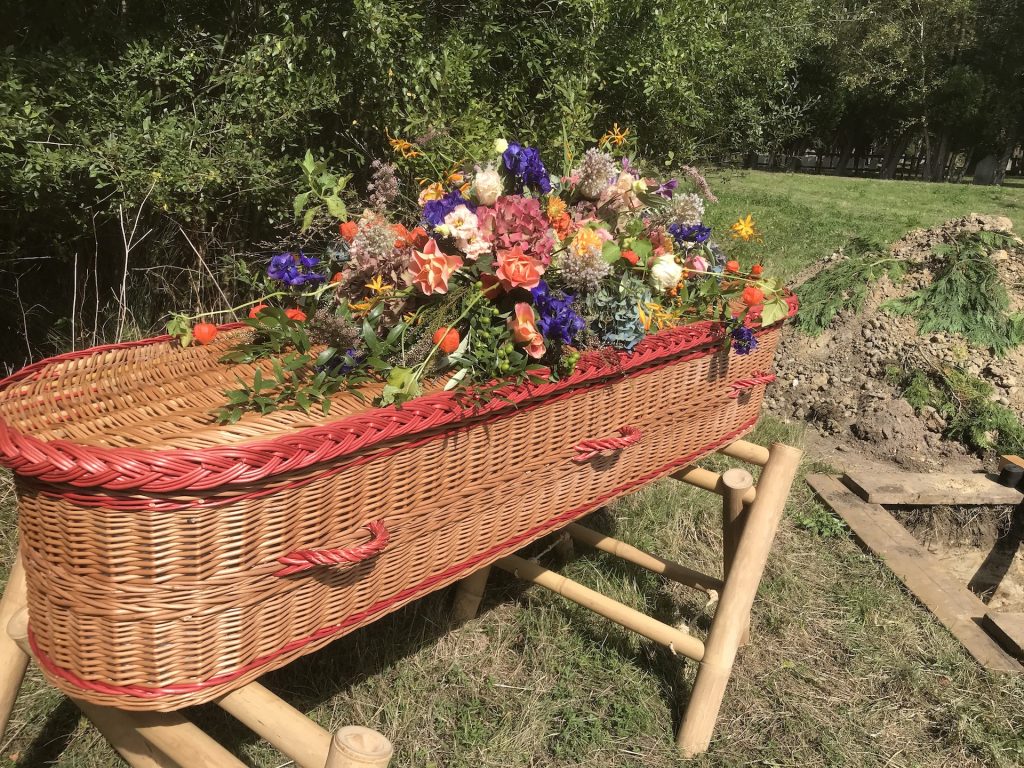
We’d love your support
As a Community Interest Company, the Good Funeral Guide exists to benefit the community and to fulfil a social purpose. We rely on donations and goodwill to continue to do our work.
If you find our website helpful, please consider making a donation to help keep us going.
And if you’d like to support us while joining a community of like-minded people, why not consider joining the Good Funeral Guild?
